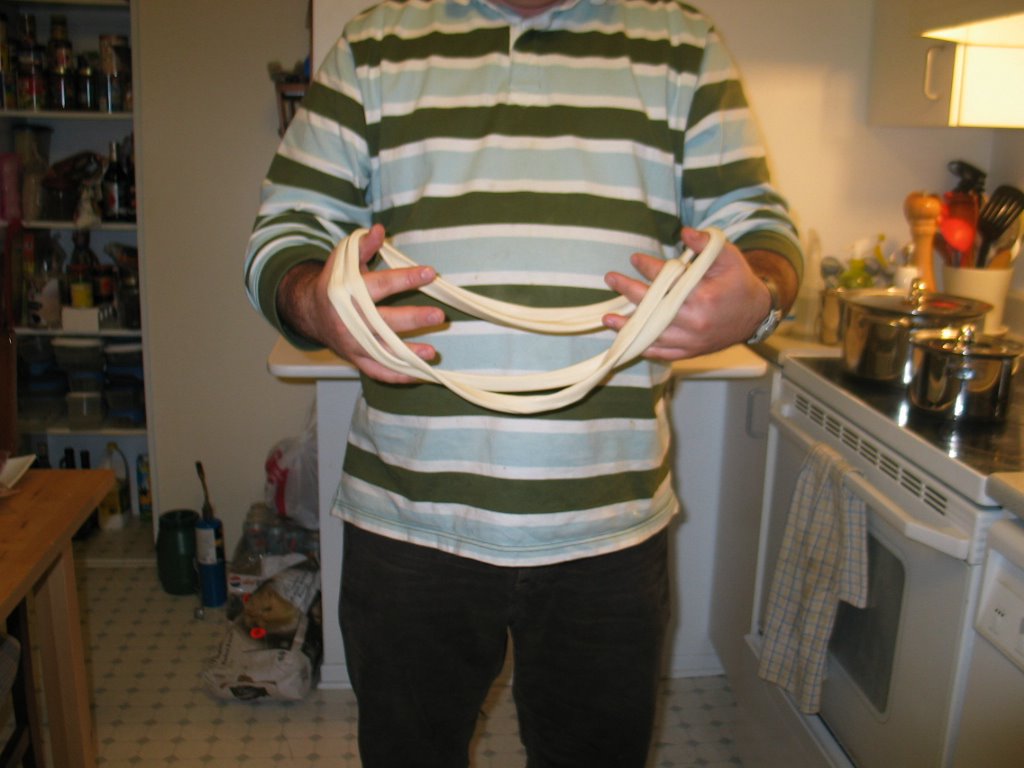 It is not the first time that I am discussing stock making here but it is the first time it is about poultry stock, in this case chicken and turkey.
It is not the first time that I am discussing stock making here but it is the first time it is about poultry stock, in this case chicken and turkey.Stock making is simple but it can take time. Since I tend to prefer working with brown stocks, the first thing I do when making a stock is to brown my ingredients in the oven for an hour or two. If you brown your vegetables too, like I do, you might want to add them when your bones have
 already gained some color. Something people don't always do is to turn their bones once or twice during this process. I find that this operation not only gives a deeper brown color but it also greatly improve the taste of the resulting stock.
already gained some color. Something people don't always do is to turn their bones once or twice during this process. I find that this operation not only gives a deeper brown color but it also greatly improve the taste of the resulting stock.Another important thing that you should not forget when making stock is to deglaze your roasting pan (after draining the excess fat of course) to avoid loosing all the flavourful bits at the bottom of your pan. There is often as much
 flavour there as there is in the bones. It also makes cleaning a bit faster afterward.
flavour there as there is in the bones. It also makes cleaning a bit faster afterward.There are numerous recipes for broth available but I tend to adapt mine to what I have in the fridge. The traditional aromatic vegetables like carrots, celery, leeks and onions can be replaced by others ingredients like fennel bulb, daikon or mushrooms.
One important thing to remember however is that you should only cover your ingredients with cold water and bring it to
 simmer (not to a boil) very slowly skimming every 15 minutes to get rid of the impurities. Finally, the longer you let your pot simmer, the more body the less delicacy it would have. For poultry stock used for a soup, I would prefer shorter cooking time than if using it for sauce making. At home, when both soups and sauces are often made of the same stock, I feel 4 to 5 hours is a good compromise.
simmer (not to a boil) very slowly skimming every 15 minutes to get rid of the impurities. Finally, the longer you let your pot simmer, the more body the less delicacy it would have. For poultry stock used for a soup, I would prefer shorter cooking time than if using it for sauce making. At home, when both soups and sauces are often made of the same stock, I feel 4 to 5 hours is a good compromise.These are the tricks and techniques I've learned so far... if you have anything else to share on stock making, I'd be glad to read your comments.


No comments:
Post a Comment